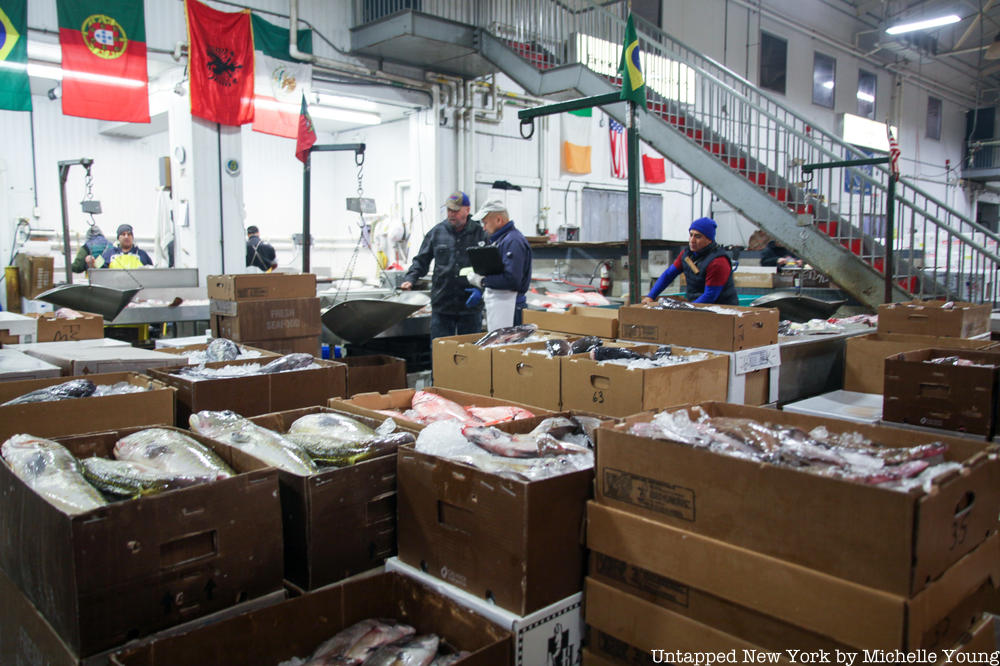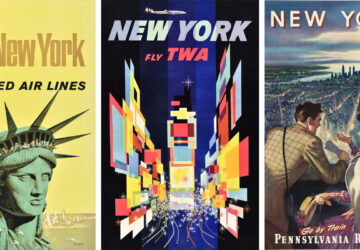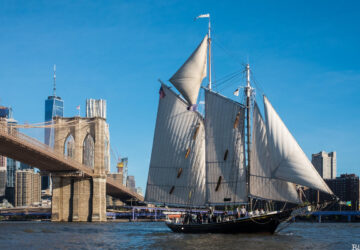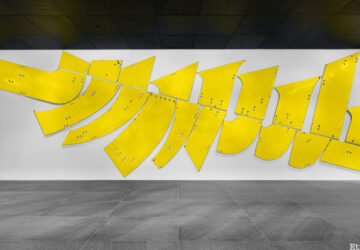3. The Mafia was involved in Fulton Fish Market operations

“The exact origin of mafia involvement in the fish market is obscure,” writes Rees, but by the 1920s, fish dealers were making payments to the mob to insure that their fish wouldn’t be stolen by the union workers who unloaded and loaded it. This unloading process is where the mob found its power. If fish weren’t unloaded properly and just left to rot, a fish seller would lose business. Joseph “Socks” Lanza, a man closely tied to the Genovese crime family, created the Seafood Workers’ Union local at the Fulton Fish Market, known as Local 359. In his book, Rees notes that “by 1925, half of the laborers in the market were Italian Americans, and Lanza became their business agent.”
The involvement of the mafia started a media frenzy in the 1930s when New York’s District Attorney investigated claims of racketeering and grand juries tried extortion charges. It became known that Lanza was forcing wholesalers to pay for protection against the vandalism of their trucks and the theft of their goods. Lanza’s union was also charging sellers extra landing and trucking fees that he claimed went to the union’s “benevolent fund.” Lanza was ultimately convicted of racketeering and extortion and was sentenced to seven to fifteen years in prison. Despite his imprisonment, the Genovese family maintained a tight grip on the market. The market’s mafia ties came to light again in the 1970s and 1980s when Carmine Romano was convicted of racketeering. The union had convinced fish wholesalers to hire a private security firm to protect themselves from the mob influence. The company they were persuaded to hire was actually controlled by the mob, and payments were going to Romano. New regulations and the break up of the unloading monopoly in the 1990s helped sellers come out from under the influence of the mafia.





